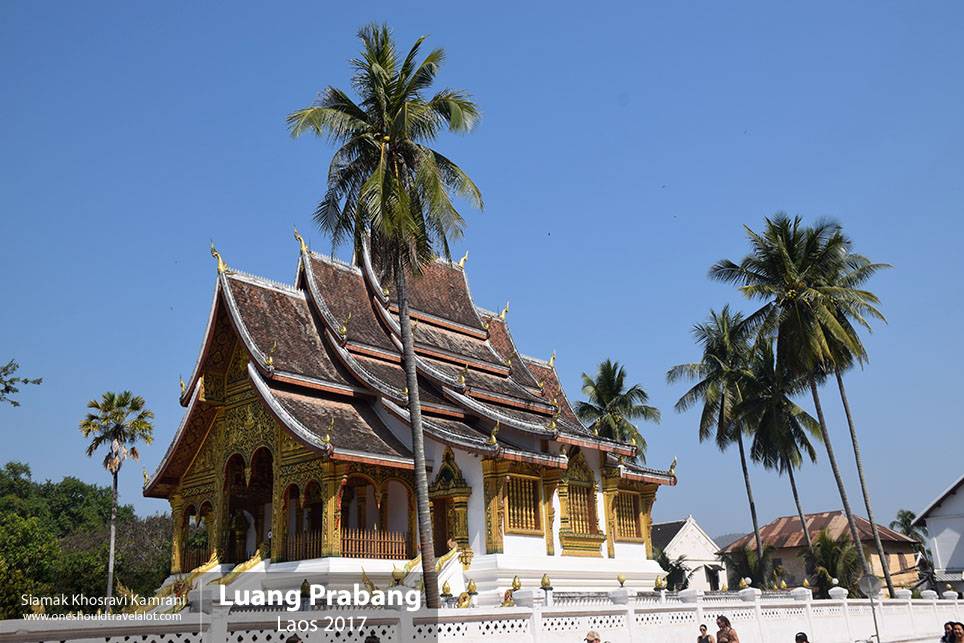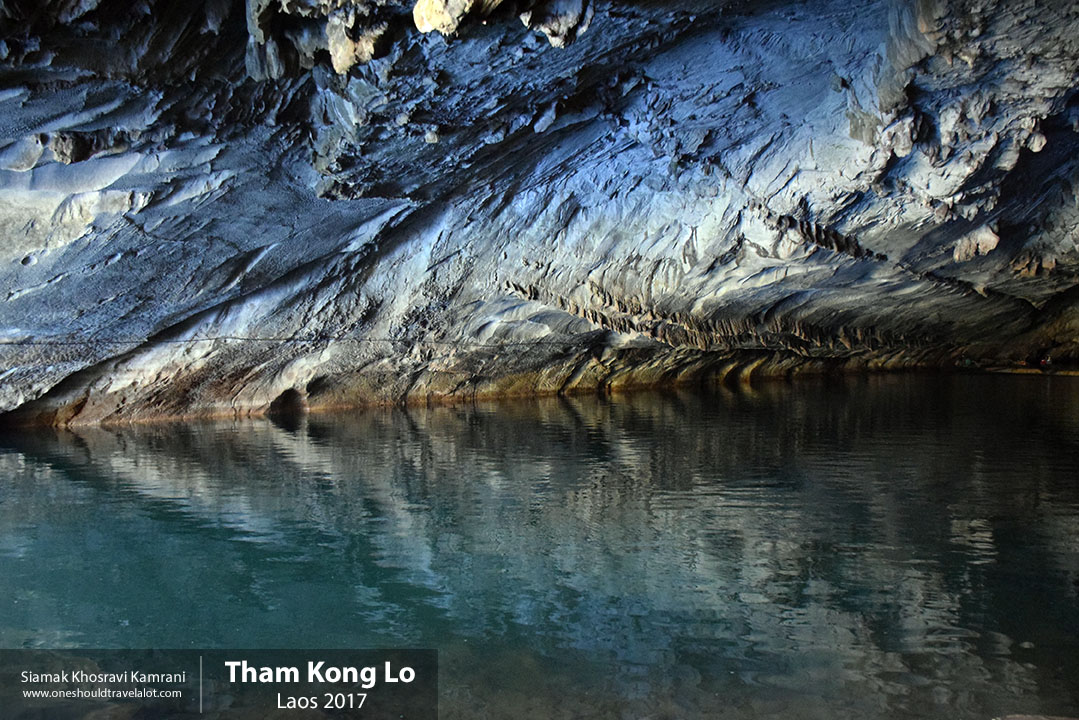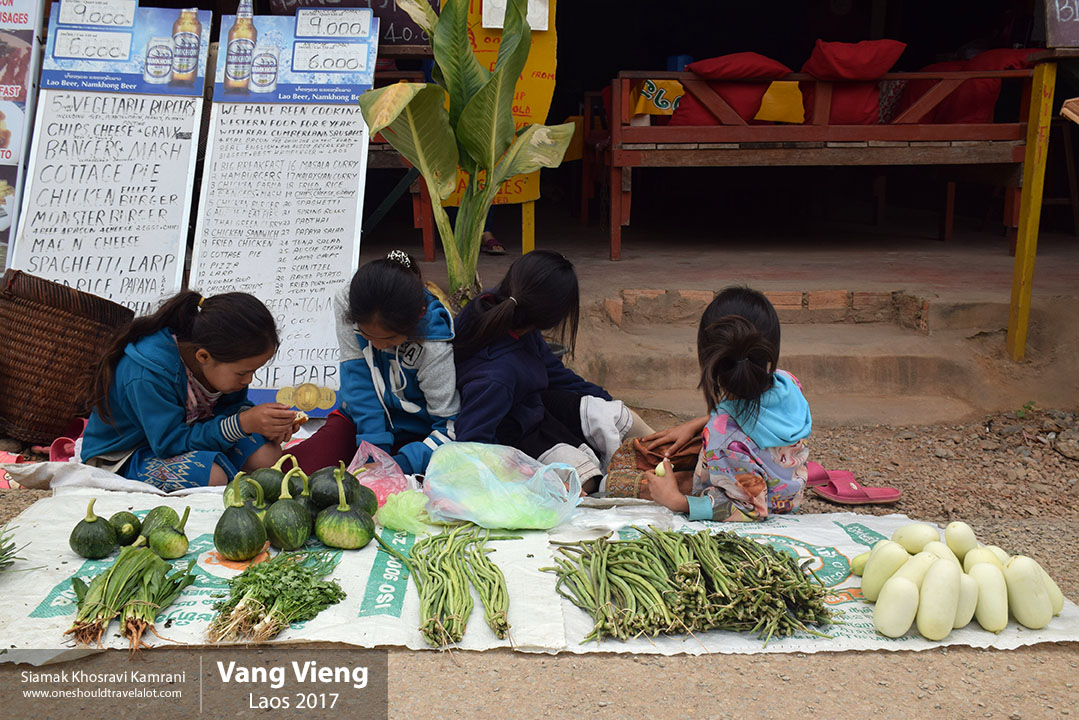Exploring the Charm of Vientiane: A Photographer’s Tale
A Journey Begins
Stepping off the plane in Vientiane, Laos, the warm air enveloped me, a welcome change from the colder climate I had left behind. My camera bag slung over my shoulder, I couldn’t wait to start capturing the essence of this serene capital city. The first thing that struck me was the slower pace of life here, a stark contrast to the bustling metropolises I had visited before. Vientiane promised a unique blend of French colonial architecture, Buddhist temples, and lush greenery—a photographer’s dream.
The Heart of Laos
Nestled on the banks of the Mekong River, Vientiane exudes a laid-back charm that invites exploration. The city, though the largest in Laos, retains a small-town feel. As I walked through its streets, I noticed a blend of traditional Laotian culture with French influences—a remnant of its colonial past. The aroma of freshly baked baguettes mingled with the scent of lemongrass and spices from street vendors, creating a tantalizing mix that made my stomach rumble.
The People and Culture
The people of Vientiane greeted me with warm smiles and a gentle nod of the head, a customary greeting known as the “nop.” This gesture of respect is an integral part of Lao culture, reflecting the Buddhist principles of humility and respect. The locals spoke Lao, the official language, but many understood French and English, a testament to the city’s colonial history and its growing tourist industry.
First Impressions: Life in Vientiane
The standard of living in Vientiane seemed modest yet comfortable. The cityscape was dotted with quaint cafes, bustling markets, and tranquil temples. There was a sense of community and simplicity that resonated with me. Unlike the frantic pace of Western cities, Vientiane moved to its own rhythm, one that encouraged mindfulness and presence.
Capturing the Essence: Pha That Luang
My first photographic venture took me to Pha That Luang, the Great Stupa. This golden Buddhist monument is not only a symbol of Lao national identity and Buddhism but also a breathtaking sight. The stupa’s golden façade gleamed under the sun, its intricate details revealing the devotion and artistry of the Lao people. As I captured its magnificence, I felt a sense of reverence and peace that seemed to permeate the air.
Street Scenes and Local Markets
The local markets, or “talats,” provided a vibrant tapestry of everyday life. Talat Sao, the Morning Market, was a bustling hub of activity. Vendors sold everything from fresh produce and spices to traditional textiles and handicrafts. The market was a riot of colors and sounds, each stall telling a story. I photographed an elderly woman weaving a traditional Lao scarf, her fingers deftly working the loom. Her weathered face told a story of resilience and tradition, a narrative I was eager to share through my lens.
The French Connection: Patuxai
A visit to Vientiane wouldn’t be complete without seeing the Patuxai, or Victory Gate. This war monument, reminiscent of Paris’ Arc de Triomphe, stands as a testament to the city’s complex history. Built in the 1960s to honor those who fought for independence from France, its exterior is adorned with Lao motifs and mythological creatures. From the top, I had a panoramic view of the city, the Mekong River glistening in the distance. Capturing this blend of French and Lao architecture was like capturing a dialogue between two cultures.
Tranquility at Wat Si Saket
Wat Si Saket, the oldest temple in Vientiane, offered a different kind of photographic opportunity. This temple, with its cloister wall housing thousands of tiny Buddha images, exuded tranquility. The faded murals depicting scenes from the life of Buddha told stories of devotion and faith. As I photographed the serene faces of the Buddha statues, I felt a deep sense of peace. The temple grounds were an oasis of calm amidst the city, a place where time seemed to stand still.
Culinary Adventures
Laotian cuisine is a delightful exploration of flavors. Sticky rice, or “khao niaw,” is a staple, often enjoyed with “laap,” a minced meat salad bursting with herbs and spices. At a local eatery, I tried “tam mak hoong,” a spicy green papaya salad that left my taste buds tingling. The freshness and simplicity of the dishes reflected the city’s ethos—unpretentious yet profoundly satisfying. I photographed each dish before savoring it, wanting to capture the vibrancy of the flavors.
Sunset by the Mekong
One of the most memorable experiences was watching the sunset by the Mekong River. The sky transformed into a canvas of oranges, pinks, and purples, reflected in the calm waters of the river. Locals and tourists alike gathered along the riverbank, sharing this daily spectacle. I set up my tripod and captured the serene beauty of the moment. The silhouettes of children playing, couples strolling, and boats drifting lazily on the river created a scene of pure tranquility.
A Glimpse into the Future
Vientiane, though rooted in tradition, is slowly embracing modernity. The city is witnessing a surge in development, with new hotels, restaurants, and businesses cropping up. However, this growth seems to harmonize with the existing cultural landscape rather than overshadow it. There is a conscious effort to preserve the city’s heritage while accommodating progress—a balance that makes Vientiane unique.
Planning Your Visit
Getting There: Vientiane is accessible via Wattay International Airport, with flights connecting to major Asian cities.
Best Time to Visit: The ideal time to visit is during the dry season, from November to February, when the weather is cooler and more pleasant.
Where to Stay: Accommodations range from budget-friendly guesthouses to luxury hotels. For a more immersive experience, consider staying in a boutique hotel that reflects the local architecture and culture.
Must-See Attractions: Don’t miss Pha That Luang, Patuxai, Wat Si Saket, and the vibrant Talat Sao. For a leisurely experience, spend an evening by the Mekong River.
Local Etiquette: Respect local customs, dress modestly when visiting temples, and always remove your shoes before entering a home or temple.



